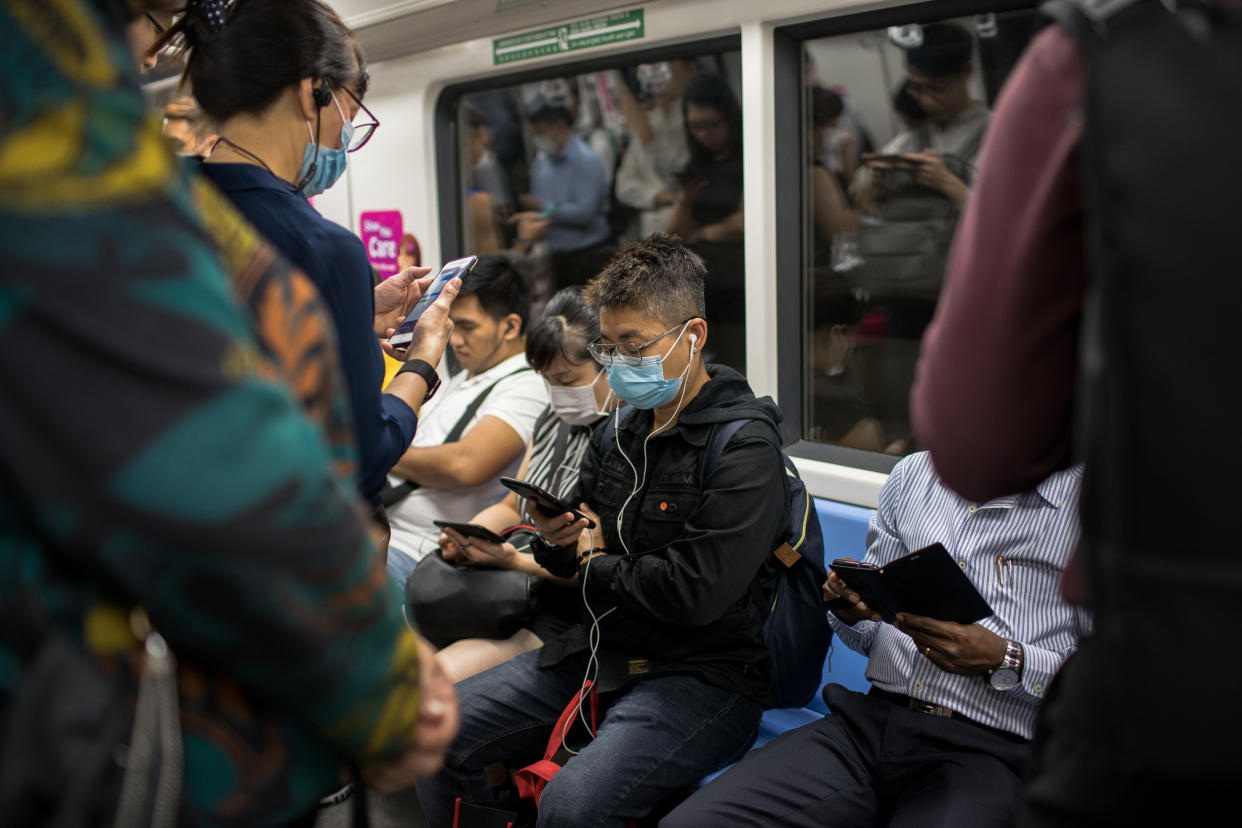How past outbreaks before COVID-19 impacted Singapore

By Sangeeta Mulchand
SINGAPORE — As the fight to control the spread of COVID-19 continues, here’s a look at some of the other outbreaks that have directly or indirectly impacted Singapore in recent years, and how much of a threat they remain today.
Severe acute respiratory syndrome (SARS)
The first epidemic of the 21st century originated in Guangdong province, China, arriving in Singapore in early 2003 via three holiday-makers who had come into contact with it at Hong Kong's Metropole Hotel. The then-unknown virus hit Singapore hard and spread swiftly, infecting primarily those in closest contact with patients – healthcare workers (40.8 per cent of the final count) and family members (23.8 per cent). SARS prompted many of the containment measures in place today, including contact tracing, quarantine and screening of incoming travelers. The virus was brought under control in May 2003. In all, 238 people were infected, and 33 died.
H1N1
Before COVID-19, Code Orange had last been declared in Singapore in 2009, during the H1N1, or “swine flu” pandemic. H1N1 shares another similarity with COVID-19 - while less deadly than SARS, it is far more infectious. At its height, Singapore’s doctors were seeing more than 2,000 H1N1 cases a day. By the time Code Green was reinstated in February 2010, 415,000 people had been infected, with 18 fatalities. Besides those infected, another 420,000 had been vaccinated, giving both groups immunity. H1N1 is still circulating, but is for the most part a mild disease. It is the predominant influenza strain in the world today.
H5N1
To date, there have been no cases of H5N1 infection - also known as avian or bird flu - in Singapore, even though there are ongoing outbreaks elsewhere. The virus does not usually infect people unless through direct and close contact with infected birds and contaminated surfaces. Human-to-human transmission remains rare. However, when infected, H5N1 is fatal in 60 per cent of cases. H5N1 has been kept out of Singapore by four main measures: prohibition of imports from affected countries; poultry inspections at the port of entry; local control measures including keeping migratory birds away from commercial breeding stocks; and emergency preparedness if the virus should mutate to become more easily transmissible to humans.
Nipah Virus
The Nipah virus first surfaced in 1999 in an outbreak affecting Malaysia and Singapore, in which 103 Malaysians and one Singaporean died. It is transmitted through direct exposure to infected bats, pigs or people, and mortality rates in Malaysia, Bangladesh and India have been between 40 and 90 percent. While currently confined to south and southeast Asia, it is one of eight categories of diseases that the WHO has identified as epidemic threats in need of prioritisation.
Zika Virus
The Zika virus resurfaced in Singapore in September last year after a nearly two-year absence, with three reported cases. First seen in 2016, with a total of 455 cases reported over three months, the Zika virus is transmitted by the bite of an infected Aedes mosquito, and can be passed through sexual contact, and from a pregnant woman to her foetus. The numbers have largely declined over time, with 67 cases reported in 2017 and just one in 2018. The disease itself is generally mild - four in five people who become infected do not show any symptoms – but is associated with microcephaly, which can cause babies to be born with a smaller head.
Related stories
COVID-19: Sharp spike in cases in other countries can happen in Singapore - Lawrence Wong
COVID-19: Singapore confirms 2 new cases, 1 linked to Wizlearn cluster; total 110
COVID-19: Singapore extends travel ban to new visitors from South Korea, Iran, northern Italy
COVID-19: New swab test at Singapore checkpoints for travellers showing respiratory symptoms, fever


